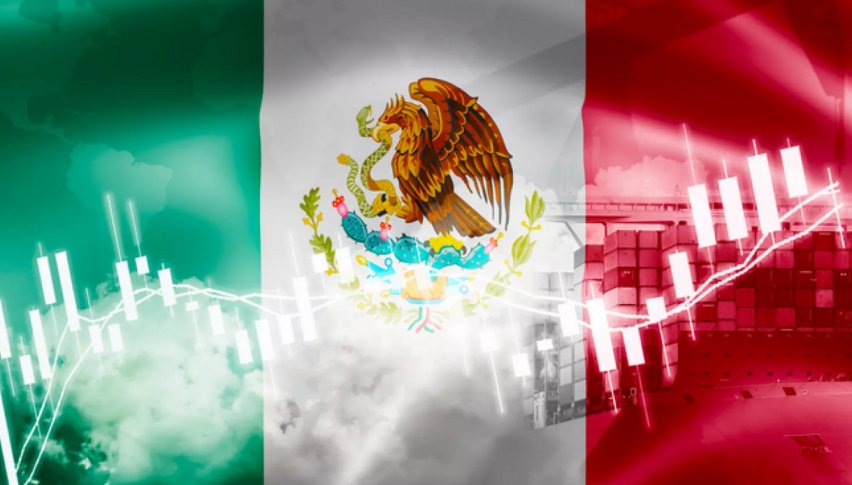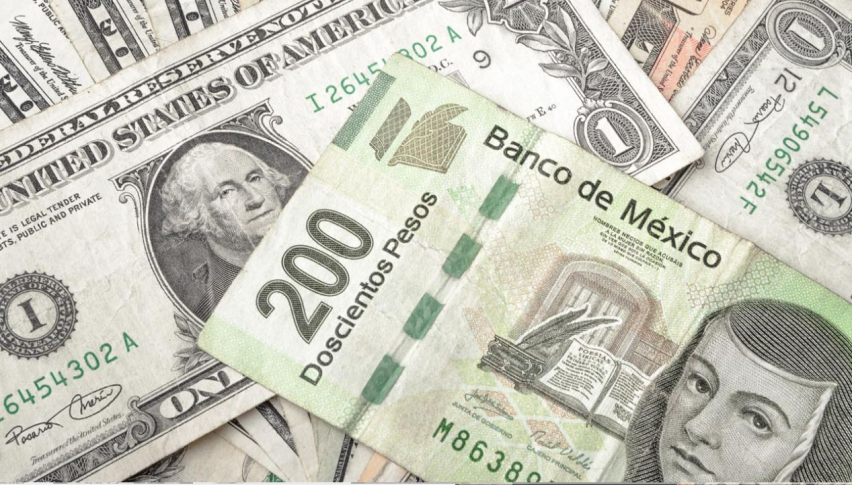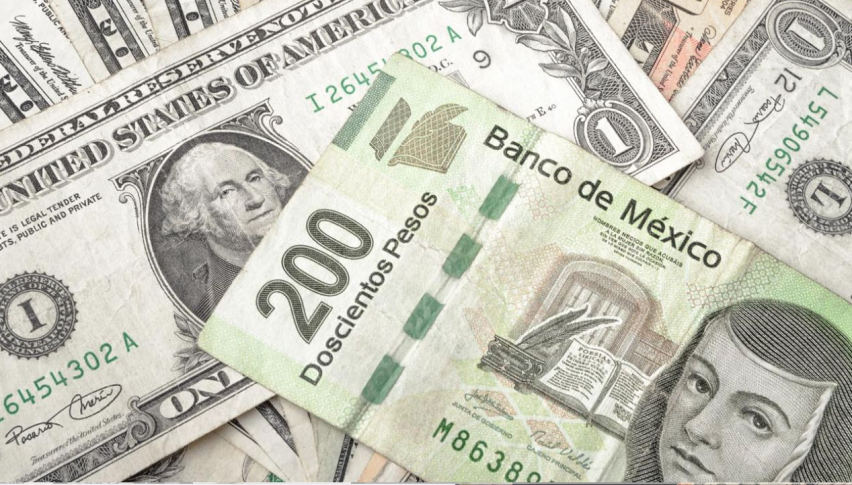Prices Forecast: Technical Analysis
For the USD/MXN, the predicted daily closing price is 18.031, with a range of 18.02 to 18.05. The weekly closing price is forecasted at 18.045, with a range of 18.03 to 18.06. The technical indicators suggest a bearish trend, as the RSI is at 31.7801, indicating oversold conditions, which could lead to a potential price rebound. However, the ATR of 0.1236 suggests low volatility, meaning price movements may be limited in the short term. The ADX is at 13.7216, indicating a weak trend, which aligns with the current sideways price action. The pivot point at 18.03 is crucial; trading below this level suggests further downside potential. Resistance levels at 18.05 and 18.06 may cap any upward movements. Overall, the market sentiment appears cautious, with traders likely to wait for clearer signals before committing to significant positions.
Fundamental Overview and Analysis
The USD/MXN has shown a recent trend of fluctuating prices, primarily influenced by macroeconomic factors such as inflation rates and trade balances. The current economic climate, including the recent GBPGDP and trade balance figures, suggests a cautious outlook for the Mexican economy, which could impact the peso’s strength against the dollar. Investor sentiment appears mixed, with some viewing the USD as a safe haven amid global uncertainties. Opportunities for growth exist, particularly if the Mexican economy shows signs of recovery or if trade relations improve. However, risks include potential volatility from geopolitical tensions and domestic economic challenges. Currently, the USD/MXN appears fairly priced, but any significant shifts in economic data could lead to reevaluation.
Outlook for USD/MXN
The future outlook for USD/MXN remains uncertain, with short-term trends indicating potential sideways movement. Historical price movements show a tendency for the pair to react to economic data releases, which will be crucial in the coming months. Factors such as inflation rates, trade balances, and U.S. economic performance will likely influence price movements. In the short term (1 to 6 months), prices may range between 18.00 and 18.10, depending on economic indicators. Long-term forecasts (1 to 5 years) suggest a potential gradual strengthening of the peso if economic conditions improve. External factors, including U.S. monetary policy and global economic stability, could significantly impact the USD/MXN price trajectory.
Technical Analysis
Current Price Overview: The current price of USD/MXN is 18.031, which is slightly lower than the previous close of 18.031. Over the last 24 hours, the price has shown limited volatility, indicating a stable trading environment. Support and Resistance Levels: Key support levels are at 18.02, 18.00, and 17.98, while resistance levels are at 18.05, 18.06, and 18.08. The pivot point is at 18.03, and the asset is currently trading just below this level, suggesting potential bearish pressure. Technical Indicators Analysis: The RSI is at 31.7801, indicating oversold conditions and a potential bullish reversal. The ATR is 0.1236, suggesting low volatility. The ADX is at 13.7216, indicating a weak trend. The 50-day SMA and 200-day EMA are converging, suggesting a potential crossover could occur soon. Market Sentiment & Outlook: Sentiment is currently bearish, as the price is trading below the pivot point, and the RSI indicates oversold conditions, which may lead to a price correction.
Forecasting Returns: $1,000 Across Market Conditions
The table below outlines potential investment scenarios for USD/MXN, providing insights into expected price changes and estimated returns on a $1,000 investment. Each scenario reflects different market conditions that could impact the asset’s performance.
| Scenario | Price Change | Value After 1 Month |
|---|---|---|
| Bullish Breakout | +5% to ~$18.90 | ~$1,050 |
| Sideways Range | 0% to ~$18.03 | ~$1,000 |
| Bearish Dip | -5% to ~$17.10 | ~$950 |
FAQs
What are the predicted price forecasts for the asset?
The predicted daily closing price for USD/MXN is 18.031, with a range of 18.02 to 18.05. For the weekly forecast, the closing price is expected to be around 18.045, ranging from 18.03 to 18.06.
What are the key support and resistance levels for the asset?
Key support levels for USD/MXN are at 18.02, 18.00, and 17.98. Resistance levels are identified at 18.05, 18.06, and 18.08, with the pivot point at 18.03.
What are the main factors influencing the asset’s price?
The asset’s price is influenced by macroeconomic factors such as inflation rates, trade balances, and overall economic performance. Recent economic data releases have also played a significant role in shaping market sentiment.
What is the outlook for the asset in the next 1 to 6 months?
In the short term, USD/MXN is expected to trade within a range of 18.00 to 18.10, influenced by upcoming economic indicators. The outlook remains cautious, with potential for sideways movement unless significant economic changes occur.
What are the risks and challenges facing the asset?
Risks include potential volatility from geopolitical tensions, domestic economic challenges, and shifts in U.S. monetary policy. These factors could lead to significant price fluctuations in the USD/MXN pair.
Disclaimer
In conclusion, while the analysis provides a structured outlook on the asset’s potential price movements, it is essential to remember that financial markets are inherently unpredictable. Conducting thorough research and staying informed about market trends and economic indicators is crucial for making informed investment decisions.



